Our morning adventure
With a free morning on our last full day in the West, we decided to head south out of town to see the Lake Clifton thrombolites in the Mandurah area, around 120km south of Perth. We knew it was risky business, as the brochure said the best viewing is from January to May when the water level is low. However, we’ve never been south of Perth so decided it would be an interesting thing to do. As it turned out, most of the driving was through the ever-lengthening Perth metropolitan area, so the driving wasn’t particularly exciting, but we had some enjoyable experiences nonetheless.
The weather was less than ideal. It was cold and rainy at our coffee stop. Oops, did I say coffee? Sorry, I meant, tepid coloured water. (I won’t name the place because it was cheery and friendly.) We were, by this time, well out of Fremantle, so Fremantle still wins the coffee stakes.
Anyhow, we got to Lake Clifton (Noorook Yalgorup in the local Noongar language) in Yalgorup National Park, by late morning. There was good signage here providing First Nations and settler stories of the area. Noorook Yalgorup is, apparently, the largest lake-bound thrombolite reef in the Southern Hemisphere. (You Northern Hemisphereans may not be aware of how proud we “southerners” are of having the biggest or oldest or longest or tallest – etc – “thing” in the Southern Hemisphere! We’ve got to be the best at something, it seems, even if it’s only in one hemisphere.)
So, here we were, freezingly cold, walking along the boardwalk. It really was quite bitter, despite the pleasant-sounding 17°C, because a cold wind was blowing out there on the boardwalk. The lake looked choppy, as we approached the boardwalk, so we realised we were going to be contending not only with winter water levels but also a choppy surface to peer through. But, it was ok! Having been to Lake Thetis, we knew what we were looking for and in fact we could see the thrombolites reasonably well. They may not have had the photographic edge that they would in summer, but they really were impressive (in their still, quiet, under-water way.) We met a few equally cold, bemused tourists on the boardwalk, and hope they enjoyed the scene as much as we did.
We decided to lunch on the way home, and found (via the Internet) an attractive sounding place called Restaurant Cafe Coast on a marina in Wannanup, and it turned out to be just what it advertised. We sat on the plastic-blind-enclosed deck, in the sun but protected from the wind, looking at the marina boats and watching a lone cormorant, while we ate a tasty lunch of Rottnest swordfish for me and Linguini marinara for Len.
Our afternoon adventure
On getting back to Fremantle, we dropped the car, visited the lovely New Edition bookshop (well-known to me via blogger Kim) where we bought a bookshop-themed jigsaw puzzle for Len’s friend Neil whom we were, after all, going to be able to visit – in hospital as it turned out, because he’d been admitted there (for his umpteenth time) soon after our arrival in the West.
This was to be a bus expedition because Neil’s hospital, though some distance away north of the river, involved only one 30-minute bus trip plus a ten-minute walk. The walk was pleasant as it took us past what I guess were mostly 1920s-30s homes. It was great to see Neil again, after probably 40 years. Though physically weak, he was his normal interested and interesting self – and we passed 2 hours very easily.
By then, it was 6pm, so we Uber-ed into the CBD and ate dinner at a 100% gluten-free Venezuelan restaurant called Angel Falls Grill. I almost never get to eat “breads” so this was a real treat, and the food was very tasty. We chose a share board which comprised two types of breads (cachapas and arepas), three meats (beef for Len, pork and chicken), red beans, and three sauces.
(BTW, talking things gluten-free, I was interested to see one restaurant we visited coding its menu with CBGF, meaning Can Be Gluten Free, vs the more common GFO, or Gluten Free Option.)
It was a lovely meal, in a cheery, friendly place. One of our servers said she’d just been to Canberra to renew her passport, and had been attacked by a magpie. That wasn’t a very nice welcome for her, Canberra! Anyhow, we then trained home, and caught the last 3 hours of the Queen’s funeral which did have a sort of mesmerising effect on us after what had been a busy day.
Last morning, and a quick walk around Walyalup
I previously gave the First Nations name for Rottnest but not for Fremantle, which was remiss of me. It’s Walyalup (“place of the wyllie” which is a bettong), and we have seen it used around town, including on the sign “Wanjoo nidja Walyalup This is Fremantle”. You may have noticed that many of the Noongar place names we have shared on the blog end in “up”. This is because “up” means “place” in the language. For a little more on Noongar place names, check out this website. It says that “while Noongar is identified as a single language, there are several ways of pronouncing it, which is reflected in the spelling: Noongar, Nyungar, Nyoongar, Nyoongah, Nyungah, Nyugah, Yungar and Noonga”. I’ve noticed that Wikipedia has been using “Nyungar”. (This site provides a link to a Noongar cultural site but that link seems broken. However, this site may be its replacement.)
Anyhow, the thing is that we had an hour or so to spare this morning – Tuesday – so we decided to do a little self-guided walk around Fremantle. Once again it was inclement, but the rain was light, so we were able to enjoy looking at some of Fremantle’s wonderful old architecture – old churches, shopfronts, the old courthouse, and so on. Many date from Victorian times, and we only touched a small proportion.
We also saw a few statues but, guess what? They were all of men. In less than an hour we saw statues of an Italian sculptor, Prime Minister John Curtin, an Air Commodore, and a famous footballer. Finally, we saw reference to a woman. It wasn’t a statue, but an interpretative panel from the State Records Office on a window of the Old Courthouse. Needless to say, she was a wanton woman. Her name was Eva Claffey. In 1904, a charge of being “idle and disorderly” was dropped, said the panel, “after a marriage proposal from a Chinese cabinetmaker was accepted in the dock”. It seems, though, that the love of a good man (?) couldn’t save her, because I found in Trove a later court report from 1907 of her being “idle and disorderly”.
We also saw (another) painted blue tree. We’ve seen a few on our WA travels, and have been a bit mystified. Clearly, we haven’t been paying attention because as some (most) of you probably know the Blue Tree Project is a mental health project which encourages people to paint a dead tree blue in memory of a someone who has lost their life to depression. The aim is to encourage awareness and difficult conversations. It started in Western Australia in 2019, but has spread – across the world – apparently. We just haven’t seen it before.
And then it was time to go to the airport and head home … which we did.
We didn’t have perfect weather for our little holiday – for which a few Western Australians apologised, though Bill cheekily suggested WA did it “on purpose” so we “wouldn’t have to re-acclimatize in Melb”. He has a point, I suppose! However, the weather was good enough, because on the the days that counted – particularly our Pinnacles and Rottnest days – the weather treated us well.
Our trip was too short, of course, but we enjoyed it immensely, and hope to get back there again – and sooner rather than later.

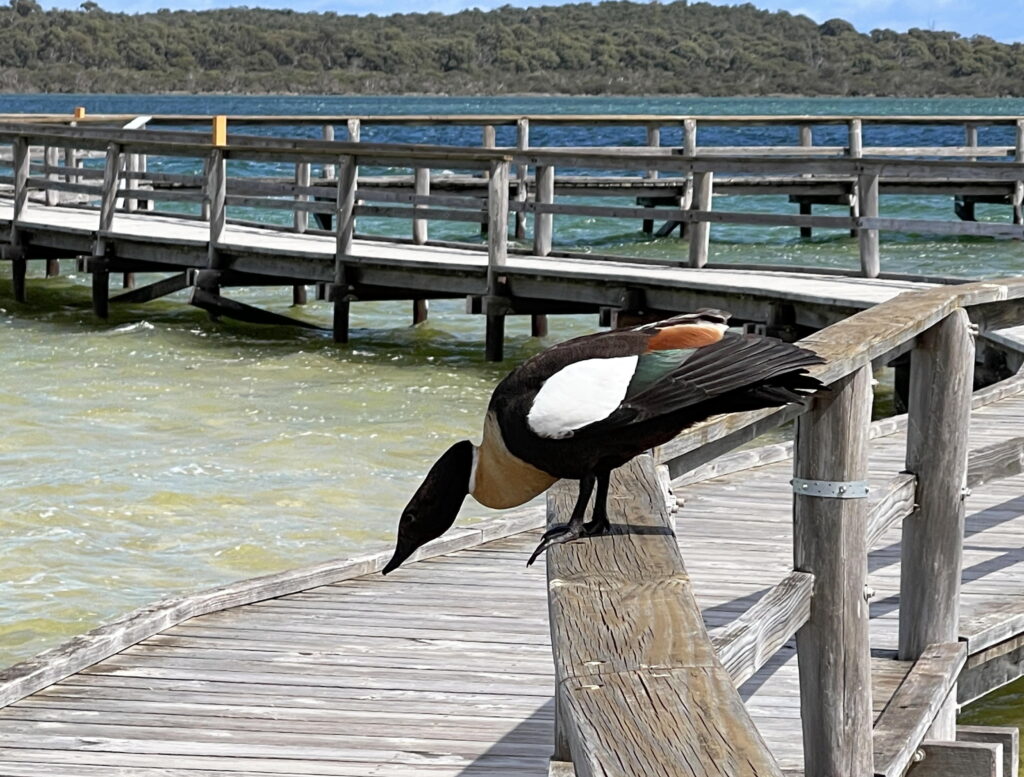
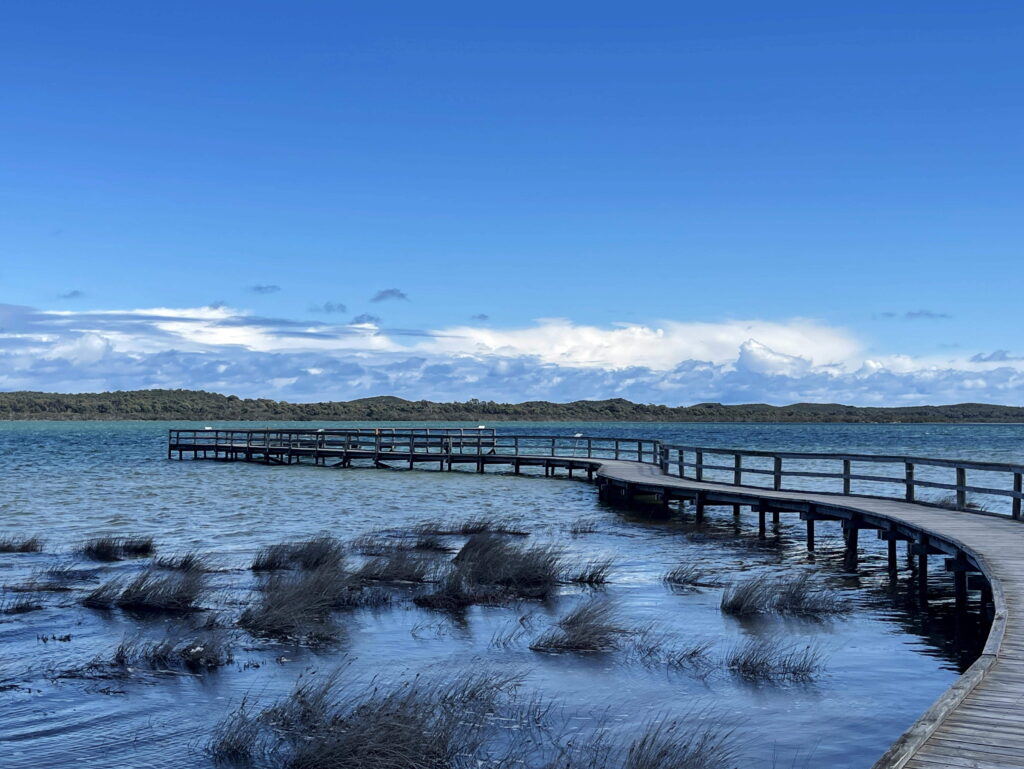
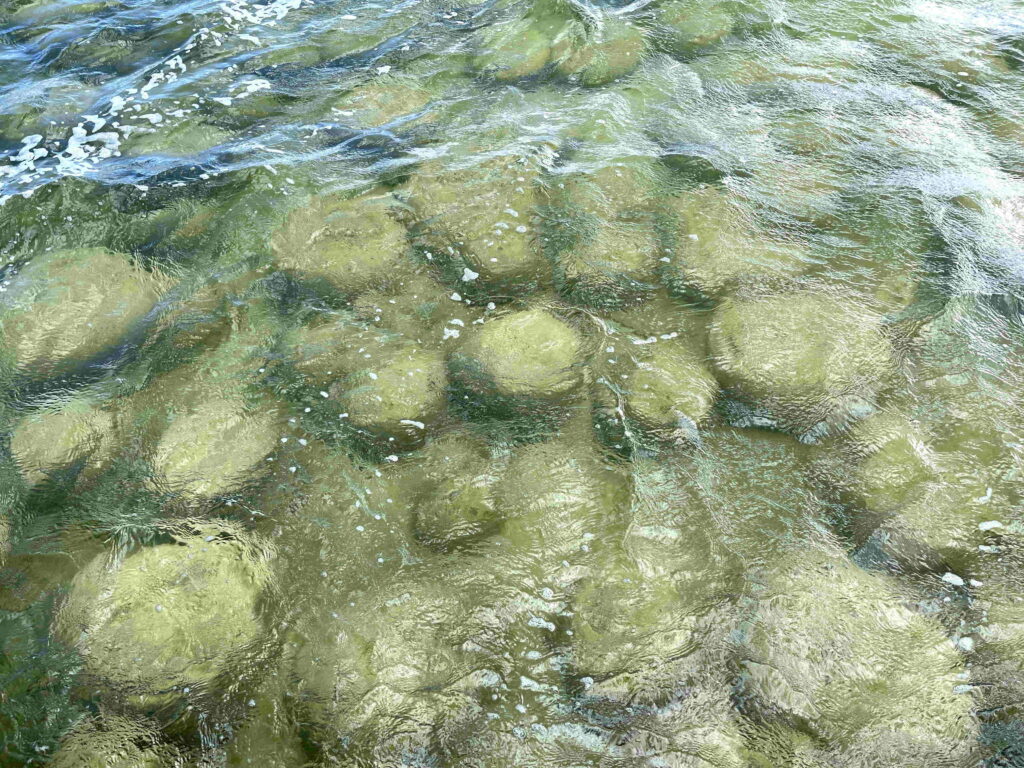
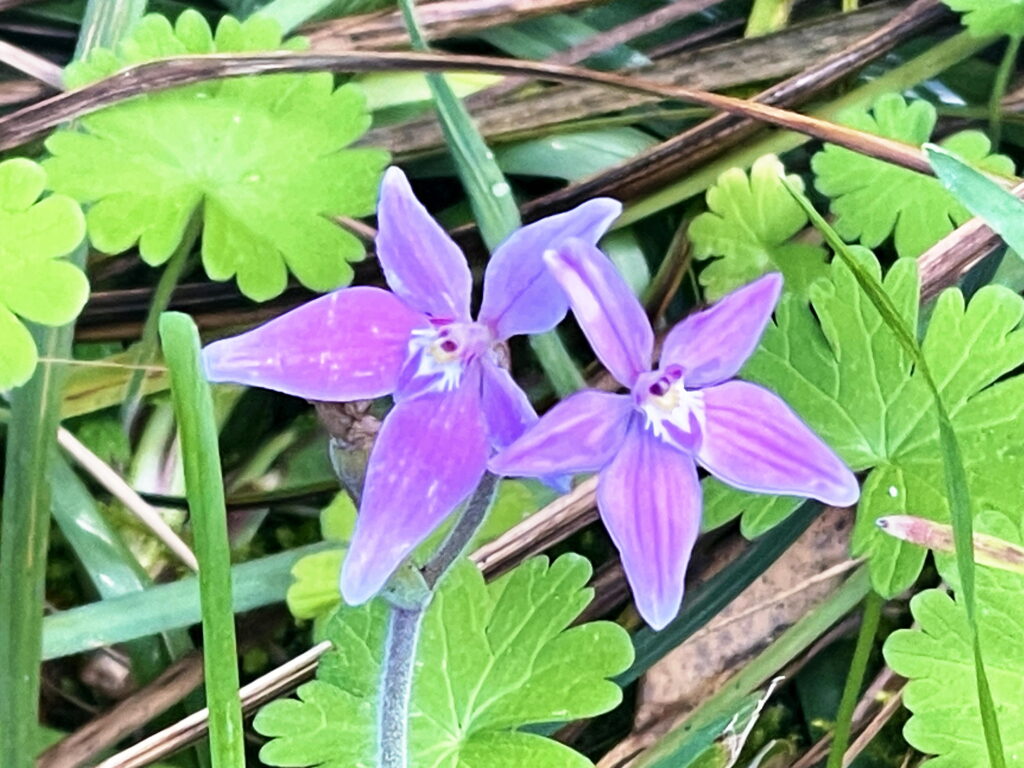
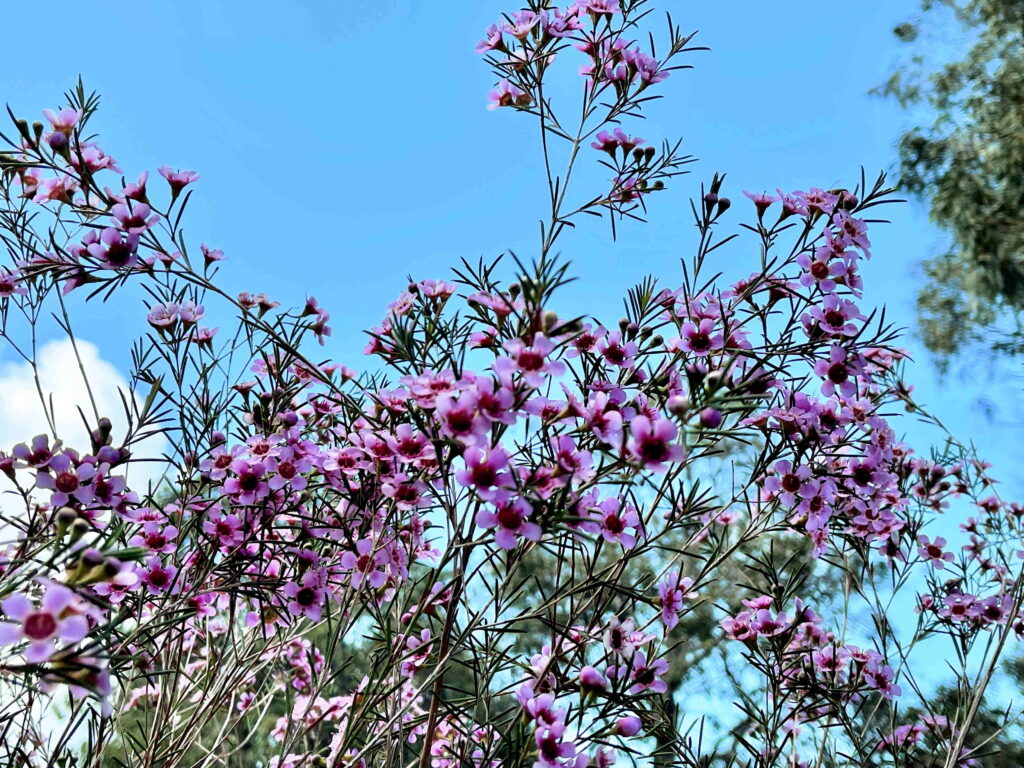
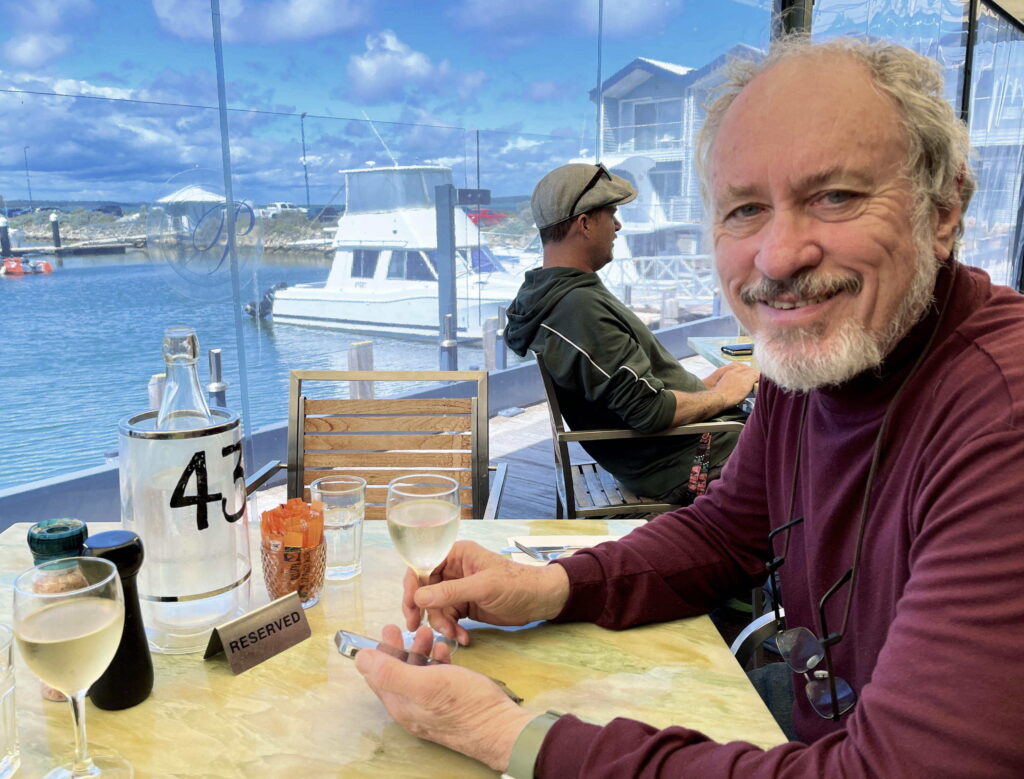
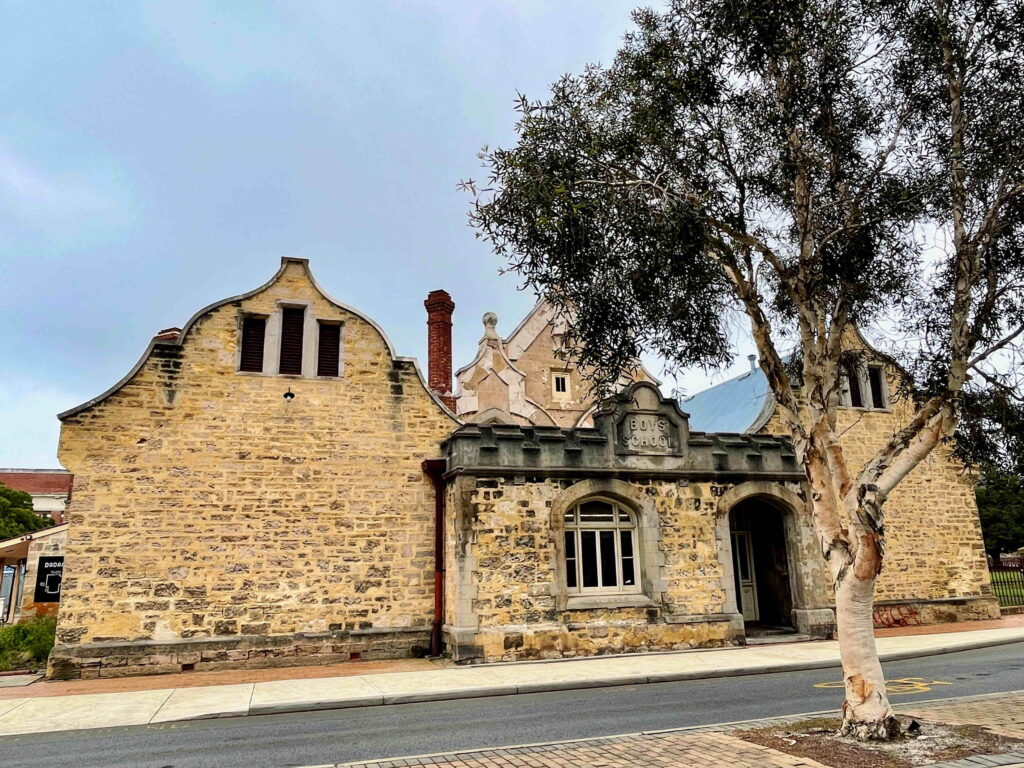
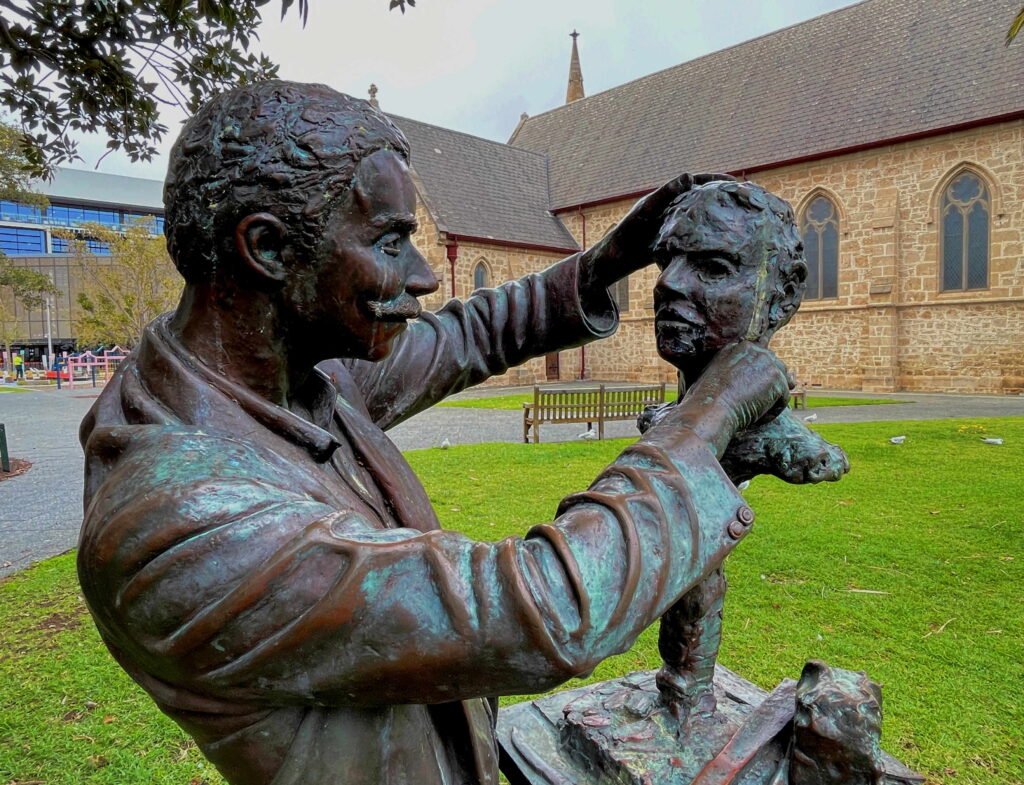
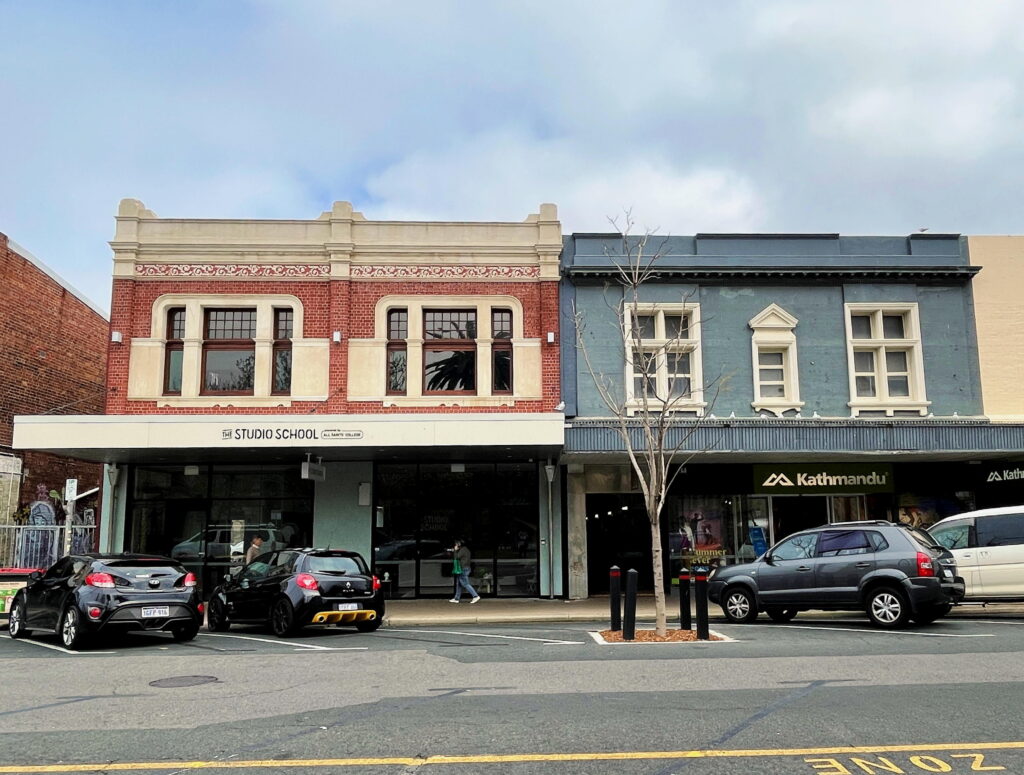
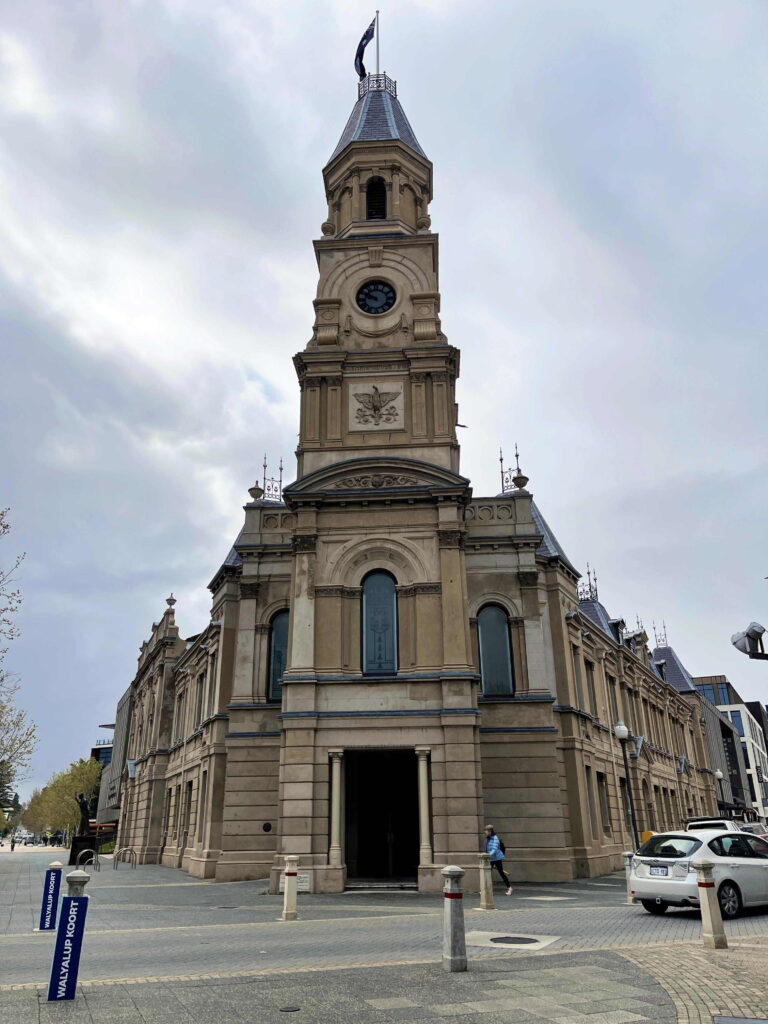
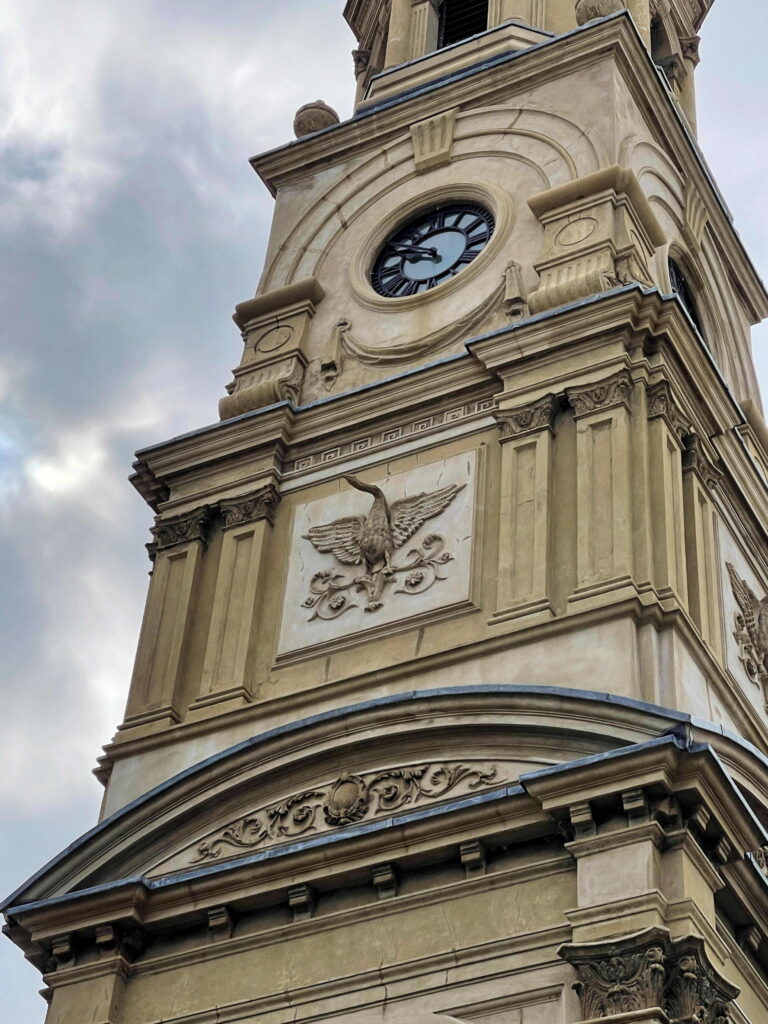
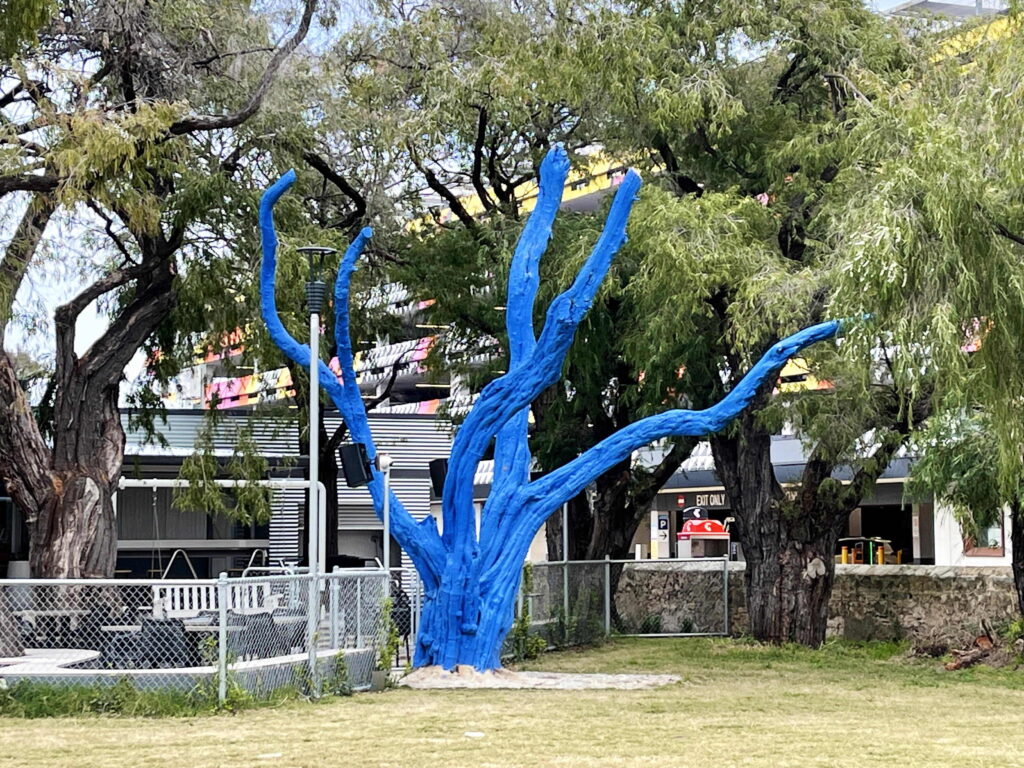
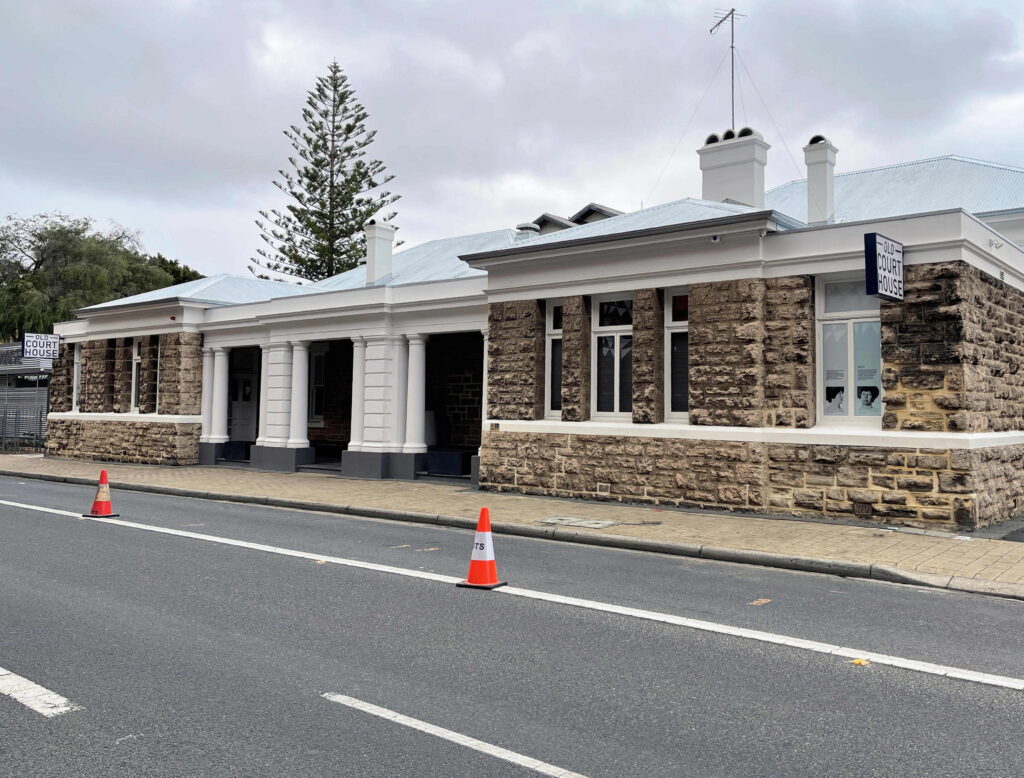
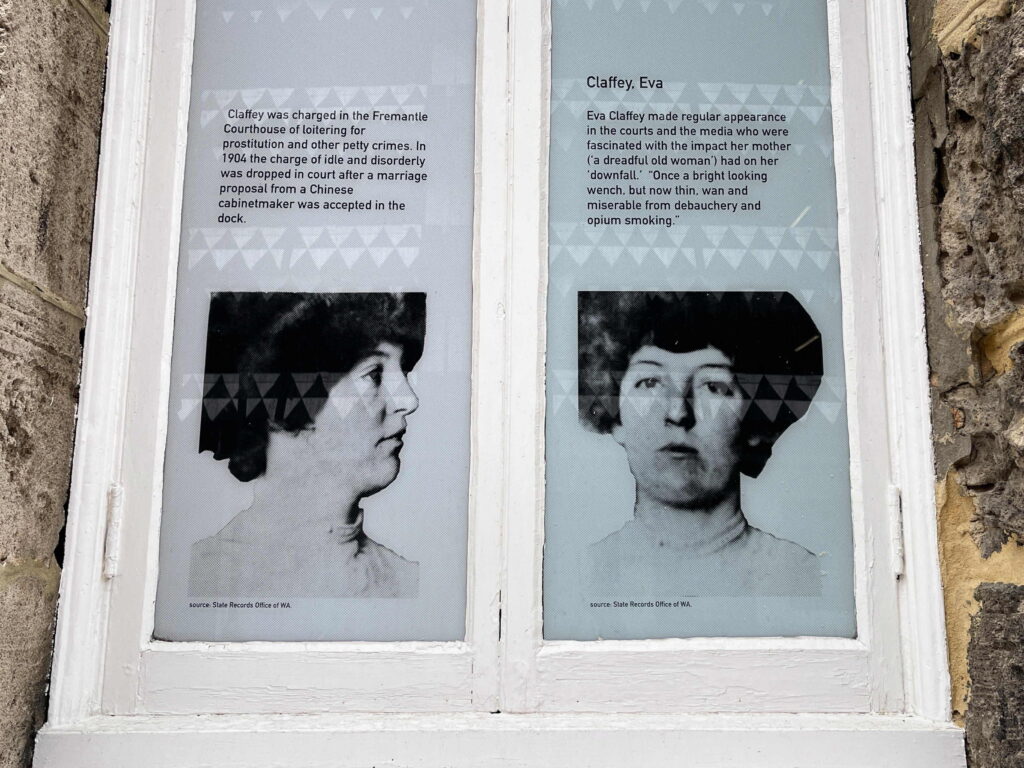
Ah, it took me a moment to remember the very fine book by WA author Maria Papas that features thrombolites. It’s called Skimming Stones and it won the Hungerford Award (which you referenced just the other day). I reviewed it here: anzlitlovers.com/2021/10/13/skimming-stones-by-maria-papas-winner-of-the-2020-hungerford-award/
It would have been the perfect book to read on the plane home!
Oh, I wish I’d known that Lisa. I will check your review. That sounds intriguing. Thanks.
That video of the underwater thrombolites is fantastic! I had never even heard of thrombolites. Apparently spellcheck hasn’t heard of them either because it keeps changing the spelling to thrombosis. Your Lake Clifton ones must be the most famous in the world because they’re the first ones that pop up on any search. I found some at the great Salt Lake and in Newfoundland. The Fremantle architecture is gorgeous too. I’m sorry your trip is over. Have a safe trip home.
Thanks Carolyn … I wondered if the Lake Clifton ones came up first for me because I was searching it Australia, but clearly not. We saw neither Clifton nor Thetis at their best but my feeling is that the Clifton ones are more numerous and in better nick!
We needed more good weather time – and energy – in Fremantle to enjoy more of its architecture.